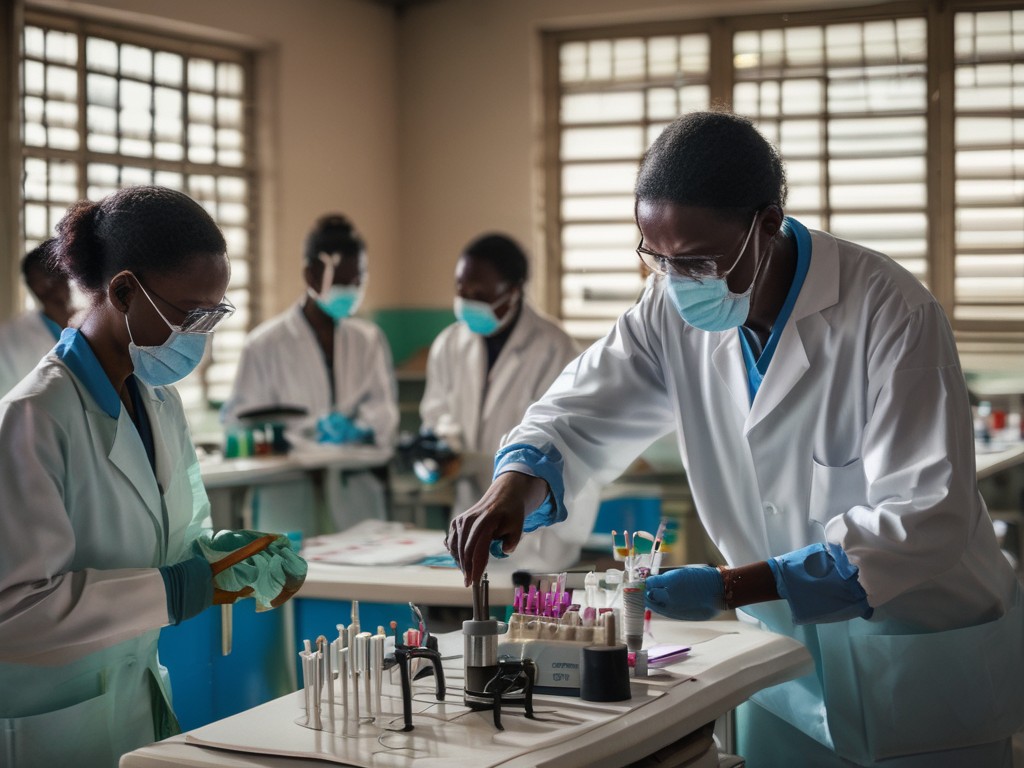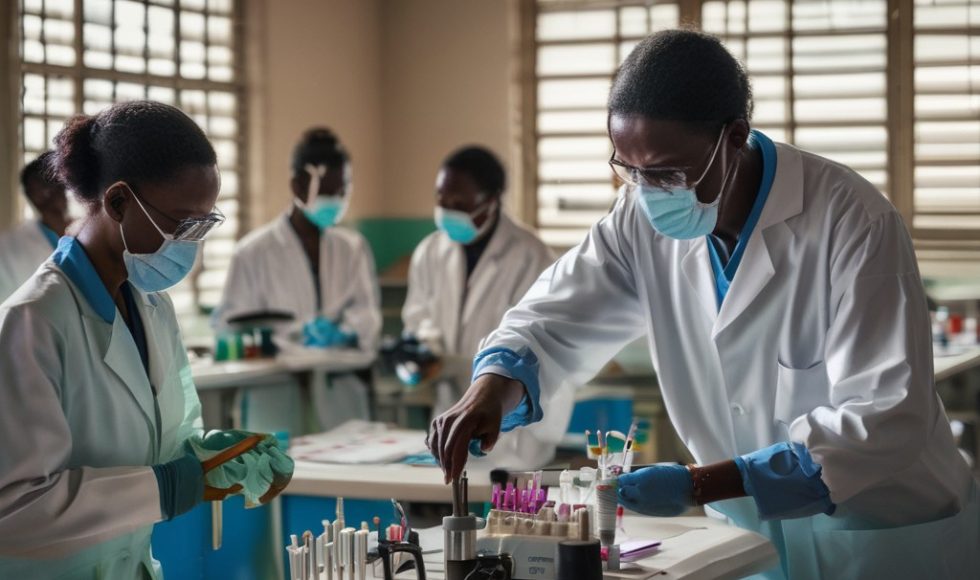Alex Shaw from the Imperial College London in the UK spoke at London Calling 2024 about “Early detection of poliovirus outbreaks in the DRC from 2021-2022.” They have been doing poliovirus sequencing training with partners for several years, focusing on direct sequencing methods with Nanopore: Direct molecular Detection and Nanopore Sequencing (DDNS). Shaw explained that in most countries, polio has been eradicated. Vaccine and some wild-type virus in regions with low population immunity can still be detected. Wastewater is a good way to identify virus. The current testing algorithm is done using cell lines that are subcultured. rt-PCR and Sanger sequencing for the VP1 capsid region are then used to confirm poliovirus. The approach Shaw and team took was to directly amplify the virus from stool or wastewater samples. For this, they use a nested PCR. First, they perform a Pan-Enterovirus RT-PCR with SuperScript III One-Step rtPCR System. They then use VP1 primers and nested PCR with DreamTaq PCR Master Mix and barcoded primers. Piranha is the Poliovirus Investigation Resources Automating Nanopore Haplotype Analysis developed to provide a graphical user interface to map reads and identify viruses. Shaw and the team trained labs in the DRC remotely for a week! In May 2022, in-person training was performed to re-validate. The team at INRB performed the direct sequencing method in parallel to cell culture. Between October 2021 and February 2022, the group performed twenty-six sequencing runs and tested over two thousand samples. The turnaround was fourteen days. The Nanopore sequencing method was compared to the use of Sanger sequencing for the same samples, with high concordance. Shaw shared data from a study in Pakistan that uncovered numerous viruses in eight wastewater samples. The study comparing DDNS and Sanger Sequencing was really convincing! Furthermore, the study in Pakistan revealed the breadth of viruses that the DDNS system can detect.



